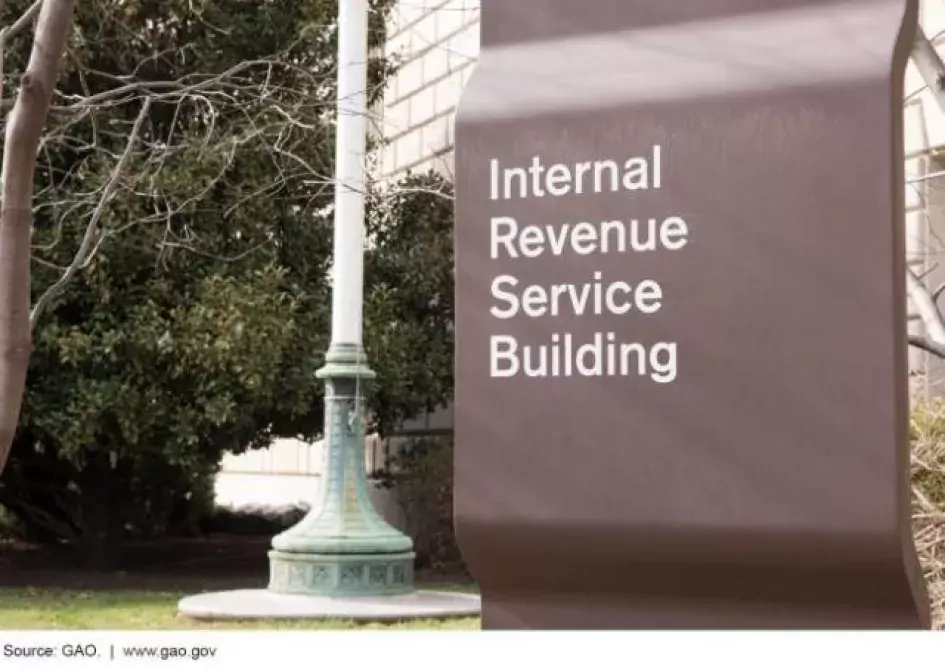For the Federal Response to COVID-19, Significant Improvements Are Needed in Leadership and Oversight
Note: This blog post has been edited to update the number and percentage of recommendations fully and partially implemented since December 31.
As the second year of the pandemic draws to its close, the number of COVID-19 cases—including the recent surge due to the Omicron variant—continue to challenge U.S. efforts to move forward.
At GAO, we’ve been monitoring the federal response to COVID-19 since the first dollar was spent. And today, we issue our ninth comprehensive report. In it, we take the significant step of designating the Department of Health and Human Services’ (HHS’s) coordination and leadership of public health emergencies as High Risk. We also make five new recommendations to improve the federal response to the pandemic. Today’s WatchBlog post explores.
You can also listen to our new podcast to hear from GAO’s experts about our latest findings on the federal response to COVID-19.
Image

Improving oversight of Emergency Rental Assistance
As of November, the U.S. Department of the Treasury (Treasury) spent nearly $38 billion of the almost $47 billion appropriated for Emergency Rental Assistance programs. This funding was provided to help renter households whose income was disrupted by the COVID-19 pandemic with rent, utilities, and other housing expenses.
The funds were disbursed as grants to state, local, and tribal governments—which then paid landlords and utility companies, on the renters’ behalf. If the grantees overpaid or paid ineligible people, Treasury did not have a process to find out or quickly get that money back. We are recommending that Treasury design and implement processes—such as post-payment reviews and recovery audits—that can help ensure timely identification and recovery of grantees’ overpayments. We also recommend that the Office of Management and Budget—in consultation with Treasury—issue guidance on the rental assistance programs to help ensure that auditors of such federal financial assistance identify deficiencies in grantees’ compliance with program requirements.
Image

Improving the administration of emergency food assistance programs
In our new report, we found that the U.S. Department of Agriculture’s Food and Nutrition Service (FNS) doesn’t have a comprehensive strategy for how its nutrition assistance programs should respond during emergencies like COVID-19. FNS administers several food assistance programs, including a new program—Pandemic Electronic Benefit Transfer (EBT)—that served low-income children who would have received school lunches or meals if they hadn’t been learning remotely because of COVID-19. But FNS’s pandemic plans are outdated, and its efforts to identify and incorporate lessons learned from the pandemic are incomplete.
FNS has also not provided sufficient assistance to state and local agencies to facilitate their efforts to obtain reliable and comprehensive eligibility data for their Pandemic EBT program. Our recommendations to FNS are that it:
- develop a comprehensive strategy for its nutrition assistance programs to respond to emergencies that includes lessons learned during the COVID-19 pandemic, and
- further assist state and local agencies in obtaining reliable and comprehensive eligibility data for the Pandemic EBT program to accurately determine eligibility and benefits amounts.
Improving processing of emergency tax relief measures for businesses
To provide businesses with liquidity during the pandemic, Congress allowed businesses to claim net operating losses in excess of the losses they could normally claim on their 2020 and 2021 tax returns on prior year’s tax returns. Because losses deducted cannot typically exceed income earned in a year, spreading out the losses over multiple prior tax years, or “carrying them back,” allowed some businesses to recoup more of the losses incurred during the pandemic than they otherwise would have been able to.
Congress also provided relief through the acceleration of alternative minimum tax (AMT) credit refunds. After the corporate AMT was repealed in 2018, businesses were allowed to offset regular tax liability with any unused AMT credits, or the difference of the amount owed under a regular tax calculation and the AMT calculation, incrementally over a number of years ending in 2021. Under the CARES Act, businesses are now allowed to claim any AMT credits in full on 2018 or 2019 returns.
According to IRS officials, these changes contributed to a large increase in filings. For example, IRS received 276% more filings for carryback refunds in FY 2021 than in FY 2020.
This increase—along with IRS facility closures and staffing changes due to COVID-19—resulted in a backlog that IRS has been unable to process in time to issue certain refunds within 90 days, as required by law. IRS’s data shows that it started to miss the 90-day statutory requirement to issue refunds in September 2020, and missed it throughout 2021.
Until effective preventative control activities and mitigation plans are put in place, IRS remains at risk of continuing to exceed its legal timeframes.
We are recommending that IRS establish mitigation plans to address future processing time challenges.
Image

High Risk designation for HHS’s coordination and leadership of public health emergencies
In our new report, we are designating HHS’s coordination and leadership of public health emergencies as High Risk.
When federal operations or programs are found to be especially at risk of fraud, waste, abuse, and mismanagement, or in need of transformation, we here at GAO designate them as High Risk. This designation is meant to identify and help resolve serious weaknesses in areas that involve substantial public resources or provide critical services.
For more than a decade, we’ve reported on HHS’s lead role in preparing for and responding to public health emergencies. And we’ve found persistent deficiencies in HHS’s execution of this role.
These deficiencies have hindered the nation’s response to the current COVID-19 pandemic and a variety of past threats, including other infectious diseases—such as the H1N1 influenza pandemic, Zika, and Ebola—and extreme weather events, such as hurricanes.
Find out more
Today’s blog post highlights some, but not all, of our findings from our latest report. Since the beginning of our coronavirus-related reporting, we have identified many areas for improvement, resulting in 246 recommendations. Of these recommendations, agencies have fully implemented 16% (40 recommendations), and partially implemented another 22% (54 recommendations) as of December 31. We also raised four matters for congressional consideration, three of which remain open. To learn more, visit our featured topic page about following the federal response to COVID-19.
- Comments on GAO’s WatchBlog? Contact blog@gao.gov
GAO Contacts
Related Products

GAO's mission is to provide Congress with fact-based, nonpartisan information that can help improve federal government performance and ensure accountability for the benefit of the American people. GAO launched its WatchBlog in January, 2014, as part of its continuing effort to reach its audiences—Congress and the American people—where they are currently looking for information.
The blog format allows GAO to provide a little more context about its work than it can offer on its other social media platforms. Posts will tie GAO work to current events and the news; show how GAO’s work is affecting agencies or legislation; highlight reports, testimonies, and issue areas where GAO does work; and provide information about GAO itself, among other things.
Please send any feedback on GAO's WatchBlog to blog@gao.gov.





